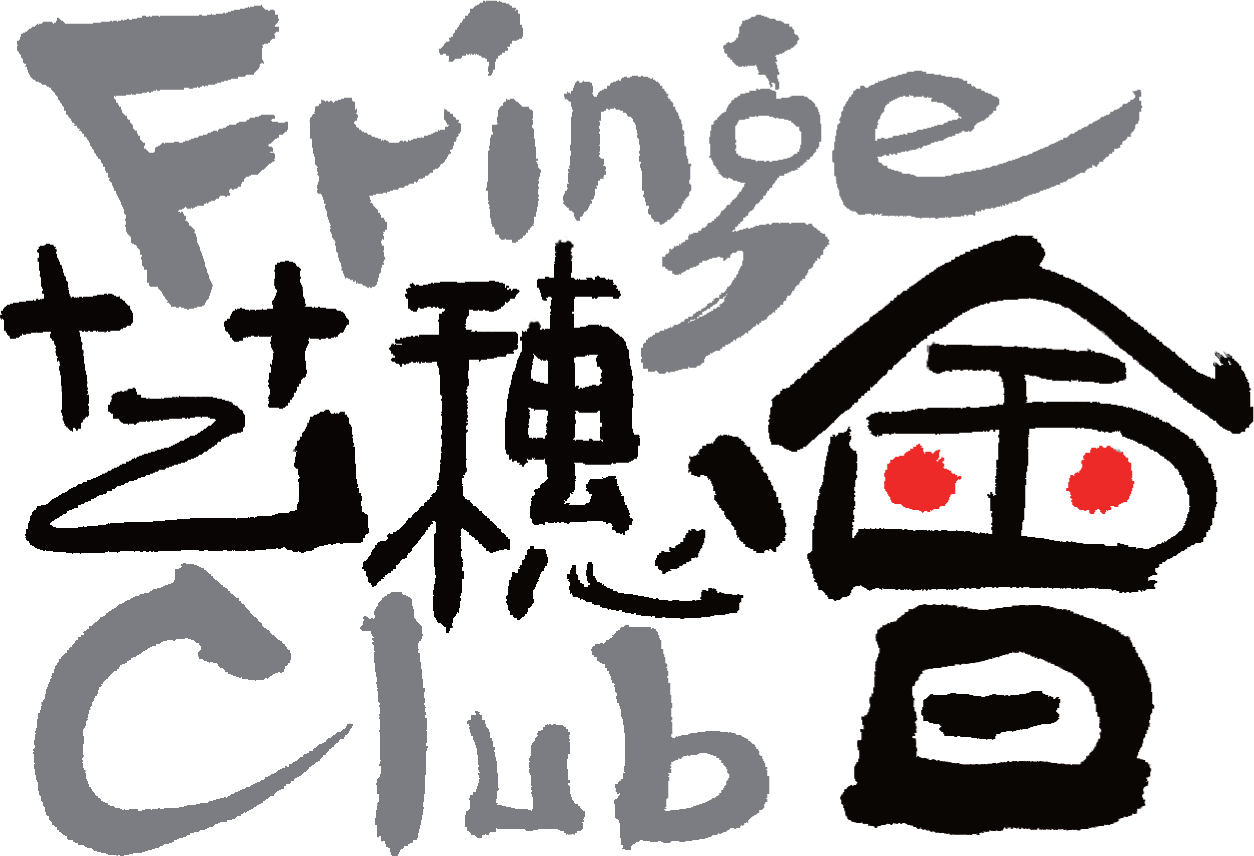The Last Flower
Show
Andrew Guthrie

- Tue 17-09-2013 to Mon 30-09-2013
 Anita Chan Lai-ling Gallery
Anita Chan Lai-ling Gallery

Synopsis
Andrew Guthrie is an artist, writer and curator and a part-time lecturer at the Hong Kong Art School and Chinese University of Hong Kong. In the United States he has exhibited at the Boston Institute for Contemporary Art, The Decordova Museum and The Allston Skirt Gallery. He was awarded a Massachusetts Cultural Council Fellowship in Photography in 2003. His artist edition “Broken Records: 1960 -1969” has been collected by The Brooklyn Museum of Art and is available from Printed Matter in New York City. In Hong Kong he has exhibited at The Shanghai Street Artspace, The Artist Commune and Videotage at the Cattle Depot Artist Village, and at Studio Bibliothèque in Fo Tan. In 2012 he established www.likink.com a Hong Kong based site for the distribution and production of artist book/editions. His writing can be found at http://www.makedostudios.com and http://www.weaponizer.co.uk and his website is at www.localidea.com
The Last Flower
The Last Flower examines discarded objects, and neglected spaces (the residue of our economy) that present a kind of reverse aesthetic, a sense of beauty that could be categorized as perverse.At this point in history, we endlessly sift through the productions of our economy, idiosyncratically prioritizing our individual collections. This is the double-edged privilege of our hyper-consumerism.
And what of the objects that are half-broken, or the objects we once cherished that can now be discarded? One person's trash might be another's treasure, not to mention all the cracked and pulverized artifacts that are highly regarded by the museums of history.
This refuse, these artifacts, are things through which we consider an imagined past, a kind of nostalgia seen through the lens of fantasy. What are these things, what were their uses, and whom did they belong to?
In Andrew Guthie's collection and highly stylized photographs of flip-flops (plastic sandals) that have washed ashore on the beaches of Hong Kong, we are faced with the predicament of a beach that we would prefer to be pristine, while conversely, we might also be attracted to these uniquely weather worn pieces of colorful trash.
In addition to discarded objects, there are also the forgotten or neglected spaces that seemingly avoid inclusion into the grand narrative of cities and peoples. These are documented through photography and words in Mr. Guthrie's work “Plain” and “Ruins”, two projects that respectively examine the banal architecture of Allston, Massachusetts in the United States, and the residue and ruins of destroyed squatter villages in Tai Hang, Hong Kong.
Regardless of what we decide to keep and what we decide to discard (and their relative qualities) we are still faced with the limitations of space. How much do we want to keep (or what is worth keeping)? In the era of digital photography, the size of a picture file might be manageable, yet we are still confronted with endless amounts of product, in fact the same picture is taken over and over again. This predicament is visually commented in Mr. Guthrie's photograph “Pile”, printed on a one-meter long banner along with being the promotional image for “The Last Flower”
And finally, whenever we look at things we are also considering ourselves, that is, there is a person behind every object; the object implies the presence of a person (the owner or the maker). Mr. Guthrie's “52 Hong Kong People”, a 20”x30” color photograph places fifty-two full body portraits of a diverse group of Hong Kong people onto a deck of playing cards, an object that represents kings and queens who are nevertheless subjected to a constant reshuffling.










